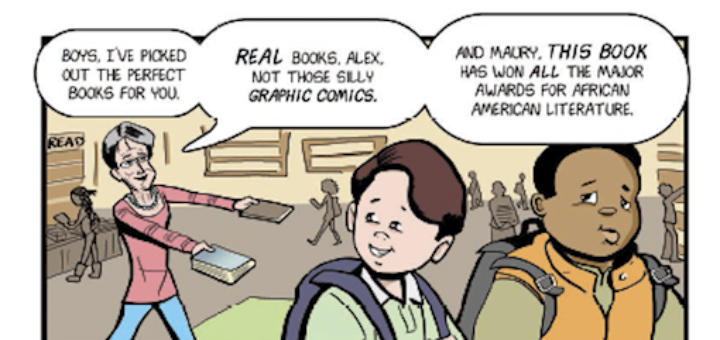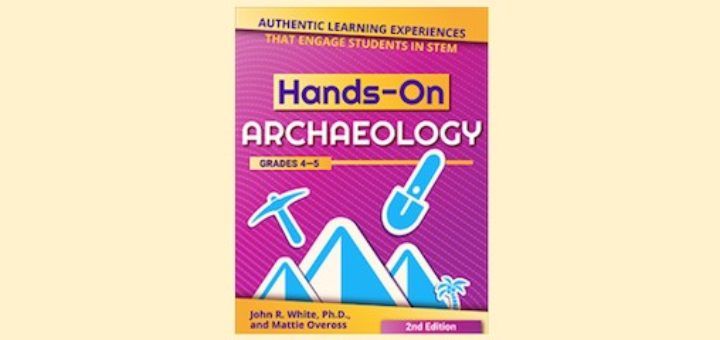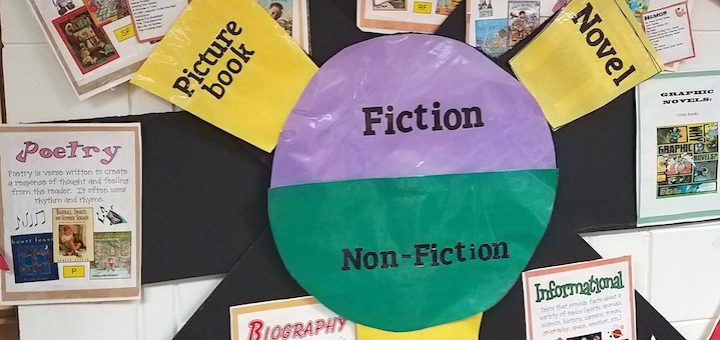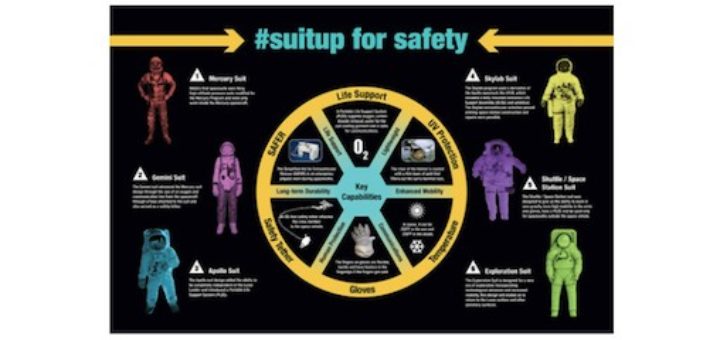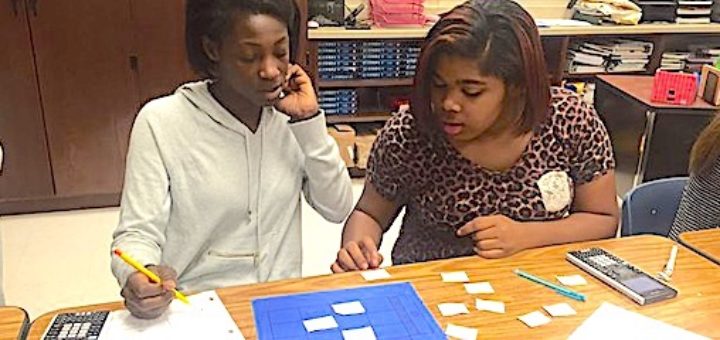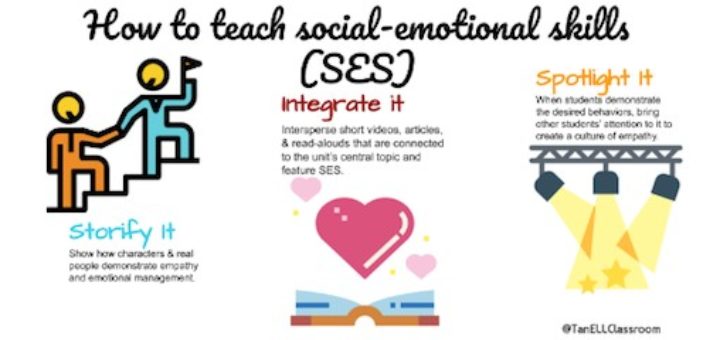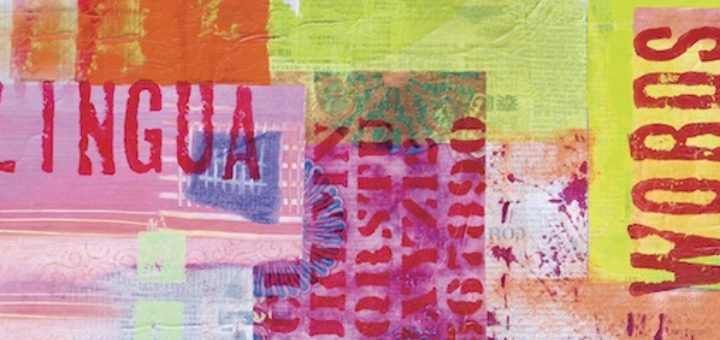4 Vocab Steps Help Kids Grasp Information Text
Understanding concept words like ‘innovative’ can help students to make sense of complex sources. Britany Harris and Sunday Cummins share a four-step process to introduce a few new vocabulary words before reading an information text and then focus on them as kids read, talk and write.



